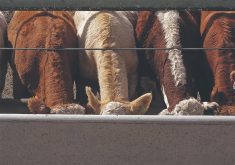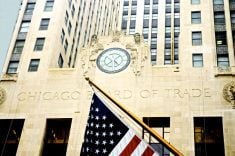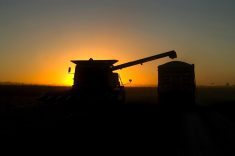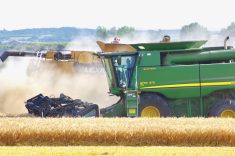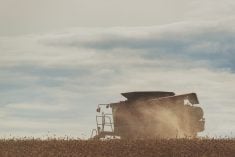By Theopolis Waters
CHICAGO, Jan 31 (Reuters) – Chicago Mercantile Exchange live cattle futures posted modest losses on Friday, but were up from session lows, dragged by retreating wholesale beef prices, traders and analysts said.
The afternoon’s wholesale choice beef price, or cutout, was $223.49 per hundredweight (cwt), $7.26 lower than on Thursday, and select cuts dropped $4.94 to $224.85, according to U.S. Department of Agriculture data.
Friday’s cutout showed the first time since March 22 that select was priced higher than choice cuts.
After hitting record highs last week, packers discounted the price of beef to attract retail buyers, a trader said.
Read Also
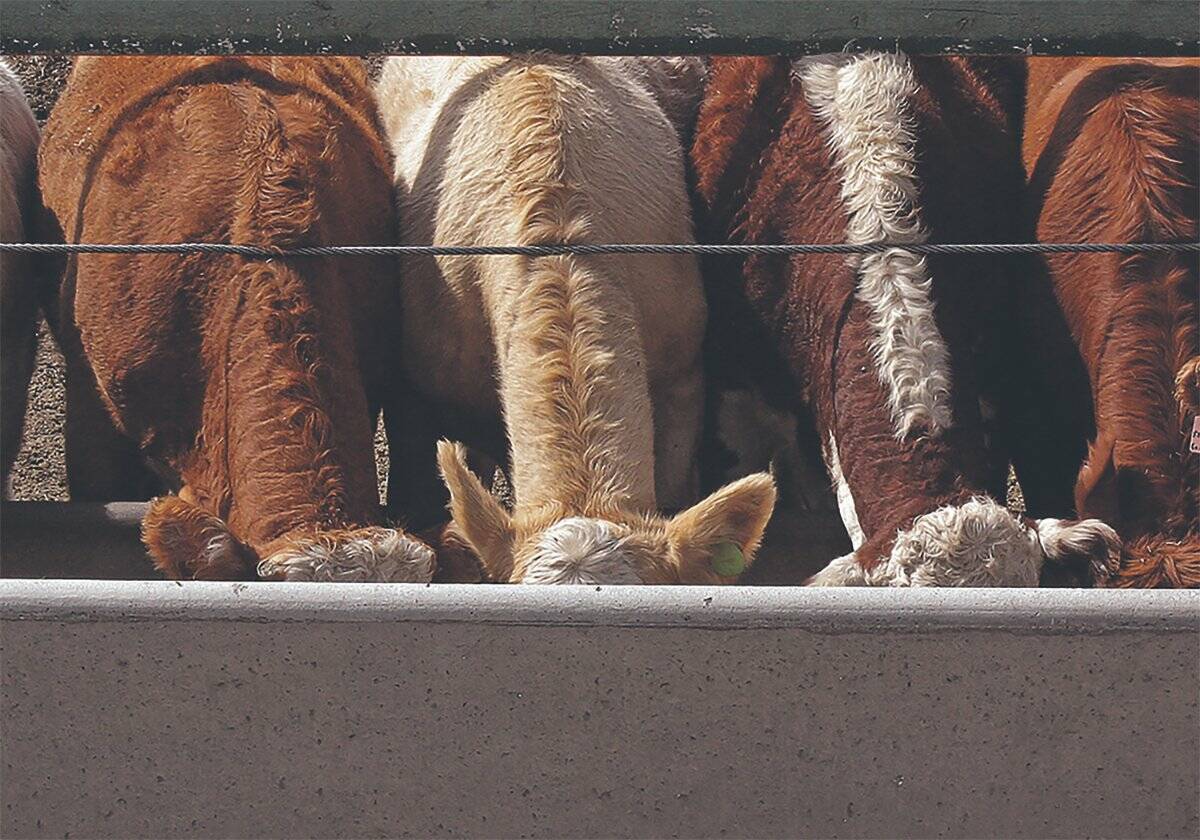
U.S. livestock: Cattle fall sharply as Trump says he’s working to lower beef costs
Chicago cattle futures fell sharply on Friday after U.S. President Donald Trump said his administration was working to lower the…
Falling wholesale beef values wore down packer margins, which prompted them to lower bids for slaughter-ready cattle.
Late on Friday, cash cattle in Kansas traded at $145 per cwt, down $2 from last week in the state, according to feedlot sources.
Earlier in the week, a few head of cattle in Texas moved at $146, down $1 from a week ago. The bulk of cattle in the U.S. Plains last week fetched upwards of $150 per cwt, a record high due to tight supplies.
After CME live cattle closed on Friday, USDA released its annual cattle inventory report. The data is not expected to influence cattle futures on Monday, according to analysts and economists.
Friday’s data showed the U.S. cattle herd dropped to a 63-year low as the lingering impact of years of drought took its toll on feed costs in the first half of 2013, analysts said in response to a government yearly cattle report on Friday.
However, corn and hay prices receded as the drought eased during the last six months of 2013, which encouraged ranchers to hold back heifers for breeding, they said.
The overall tone of the report was neutral because it confirmed the continued decline in cattle numbers, a trader said. And the data is a barometer for U.S. cattle production three to four years ahead, which is further than the trading months posted by the exchange, he said.
February live cattle closed 0.475 cent per lb lower at 141.675 cents, and April ended down 0.100 cent to 140.425 cents.
CME feeder cattle closed higher after a volatile session on short-covering and after the live cattle market pared morning losses.
March ended 0.725 cent higher at 169.425 cents,
and April finished up 0.575 cent to 169.675 cents.
MOST HOGS RISE ON SPEC BUYING
CME hog futures investors sold the February contract and bought deferred months in anticipation of tighter supplies this summer tied to the spread of the deadly pig virus, traders said.
Tyson Foods Inc, the largest U.S. meat processor, said on Friday it expects pork supplies to drop 2 to 4 percent this fiscal year, raising wholesale prices, as the virus spreads through the U.S. hog belt.
Speculative buying helped send deferred hog futures to new highs following word that Russia may again allow U.S. pork in its ports soon, a trader said.
Russia plans to end a ban on imports of some U.S. meat starting with turkey in mid-February and pork by March, the Interfax news agency reported, citing its veterinary regulator.
February hogs closed at 86.225 cents per lb, down 0.150 cent, and April ended at 94.800 cents, up 1.175 cents.


